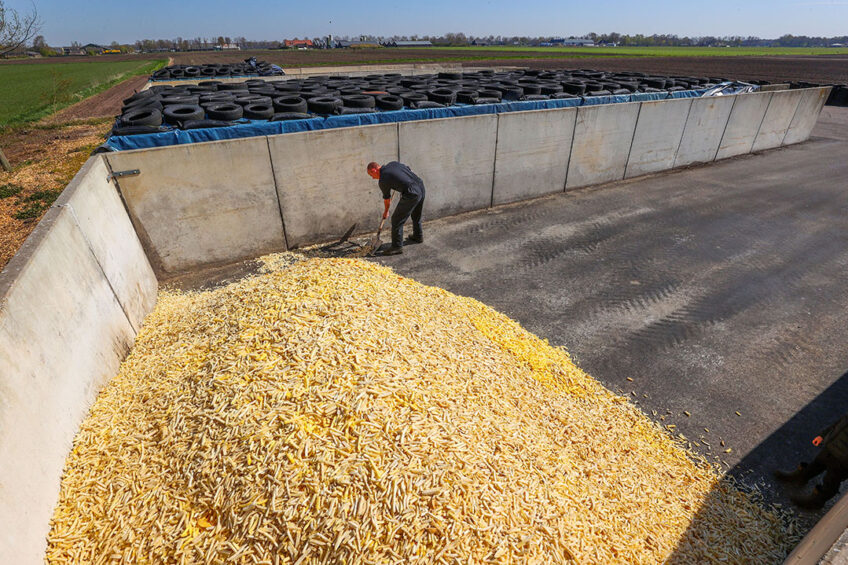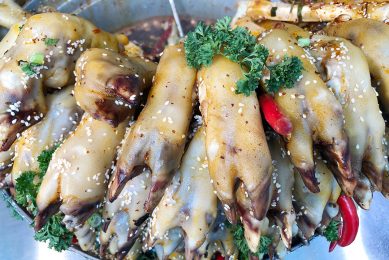What is the role of low-value by-products in swine production?

The main challenges to implementing by-products in swine diets are their nutritional value and application, argues Dr Francesc Molist, pig nutrition expert with Schothorst Feed Research.
The main challenge of implementing by-products into swine diets relates to the nutrient variability associated with the different products from batch to batch. Another challenge is the the low dry-matter content for the liquid by-products. In Northwestern Europe, the utilisation of these low-value by-products is entering a new era. This is mainly driven by the sustainability target. The utilisation of low-value by-products is now more interesting due to circularity, but also the low carbon-footprint for the swine industry. On the other hand, new technologies such as NIR are now available in order to better control the nutrient variability of these products. The main interest now is their nutritional value and application.
Regional differences in the availability of by-products
The utilisation of by-products in the swine industry relates to regional differences in availability. This mainly stems from the food industry, and the availability of farms that use liquid feeding systems. In Italy, the main by-products available are traditionally related to cheese production. The Netherlands has a more diverse range, coming from the starch or beer industries. The use of high fibre by-products such as straw or grass is rather low due to the limited fermentation capacity of the growing-finishing pigs.
Fermentation
Fermentation is a key technology to stabilise feed and reduce anti-nutritional factors of feed ingredients. Its use now happens on an industrial scale, whilst retaining the option of localised implementation due to the option of low-cost systems.
At present, limited information is available on the use of fermentation technology to specifically increase the nutritional value of low-value by-products for monogastric animals such as swine and poultry, especially with respect to the high lignin-containing substrates. From all the fermentation technologies, solid-state fermentation is a low capital expenditure, It is easy to apply at a farm and factory level. The next step should focus on finding the right mixtures of by-products and organisms (bacteria and fungi) in order to achieve the desired result of increasing the protein biomass or the nutrient availability of the fibre-rich products.
Using liquid by-products during the production of feed
Another technology that has gained attention is using liquid by-products during the production of feed (in the mixer or post-pelleting application) rather than using the products directly at the farm. One of the interesting points of using the by-products in a feed mill is that when incorporated in the mixer, moisture can be used to produce pellets.
The main limitation of this application is how much of the liquid by-product fits into the mixer without exciding the moisture content in the final pellet, which can result in the growth of micro-organisms. Recent research conducted in the Netherlands has shown that is possible to incorporate around 8% of whey permeate or steep corn water in the mixer for later expansion and pelleting of swine feed. The final moisture content of the feed was 15%. The nutritional, physicochemical, and microbiological qualities of the pellet were stable for 3 months post-production.
The incorporation of liquid by-products in swine diets will depend on the feed processing applied as well as country legislation with regard to the maximum moisture level in the produced diets.








